A Teacher’s Strike en route to Machu Picchu, Peru by Tim Ghazzawi:
For two days in the summer of 2017 the railway running to and from Machu Picchu was closed. Not for reconstruction purposes. Or because of inclement weather. But rather as a result of the ongoing teacher strikes that had enveloped much of Peru for over a month. I just so happened to have train tickets for those same two days.
It wasn’t until we arrived at the station in Ollantaytambo that we were told the trains were not in service. Teachers had ripped up the tracks and thrown them into the adjacent river. Piled rocks onto them so that no railcars could pass. Our group was deflated but not defeated. We were set on getting to Machu Picchu, had had tickets to the epic Inca site for months. So we regrouped, re-planned. And eventually chartered a shuttle bus at 3AM the next morning around and down the Andes mountains until we reached a certain hydro-electric plant located close enough to the train tracks we were to follow on foot to our destination. The drive was winding and bumpy and five hours long. It made us nauseous and we couldn’t sleep. The hike thereafter was two hours more. Uphill through the muggy jungle.
We did all this knowing we would have to do the same in reverse the next day.
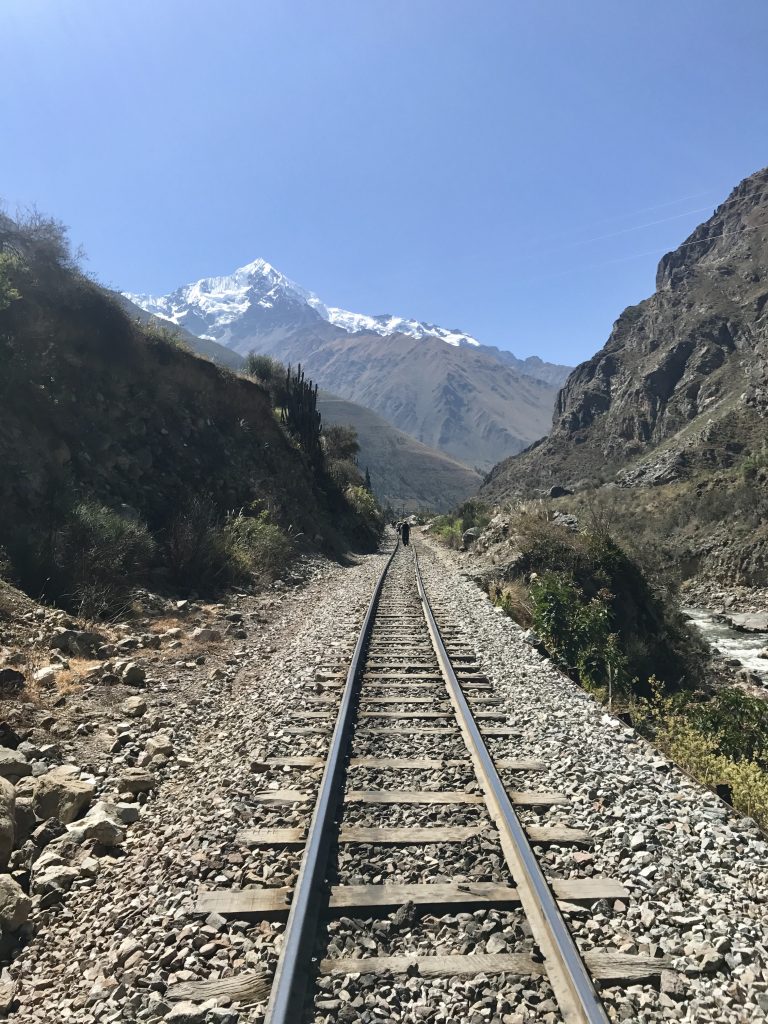
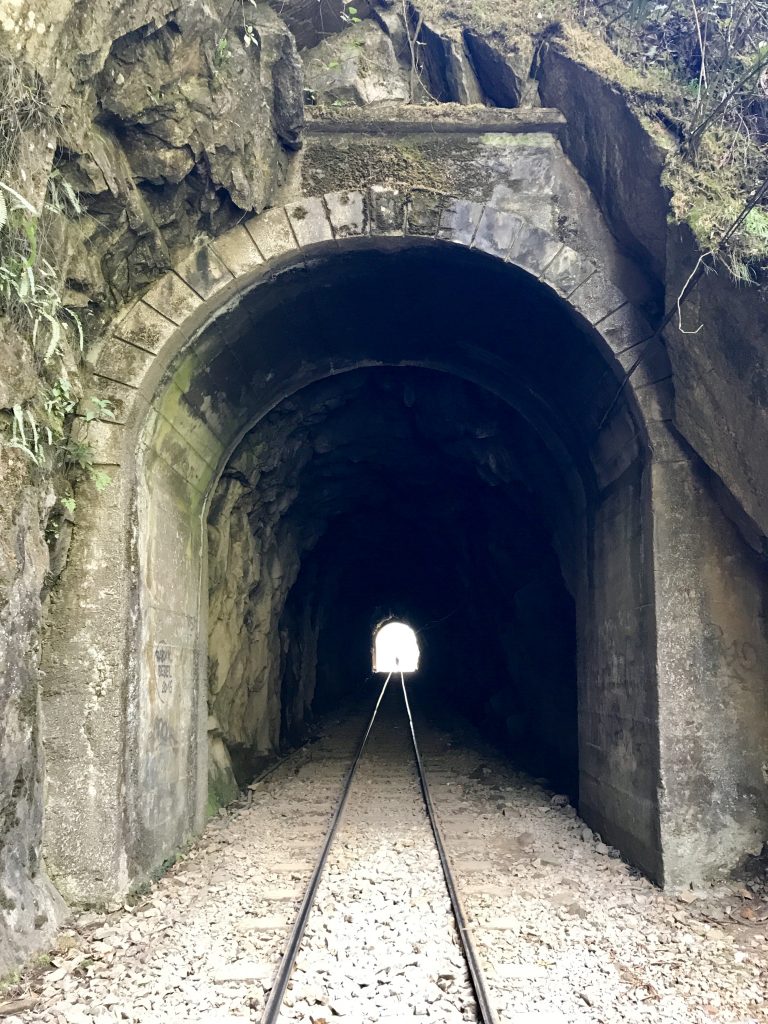
Teachers had been striking since mid-June. We’d seen protests already in Cusco. Bands of educators marching with signs, demanding higher wages. By early July, teachers felt they had no other recourse than to disrupt the tourism industry and attempt to drain the government’s pockets in the same way they felt drained themselves.
We met one such group of teachers on our way back to Ollantaytambo along the train tracks. As we passed them, the men and women nodded at us and smiled but did not slow their pace and proceeded to pick up more stones and lay them across the rails. I think now of the recurring teacher strikes here in the United States. In Arizona, Colorado, and Kentucky. In the Carolinas and California, Oklahoma and West Virginia. And what would happen to those teachers if they blocked the Los Angeles freeway or occupied Grand Canyon National Park. Not long after we passed the teachers on the tracks, we encountered officers dressed in black, carrying batons and large riot shields, clearly in pursuit, though we would walk too far to know if the two parties ever clashed.
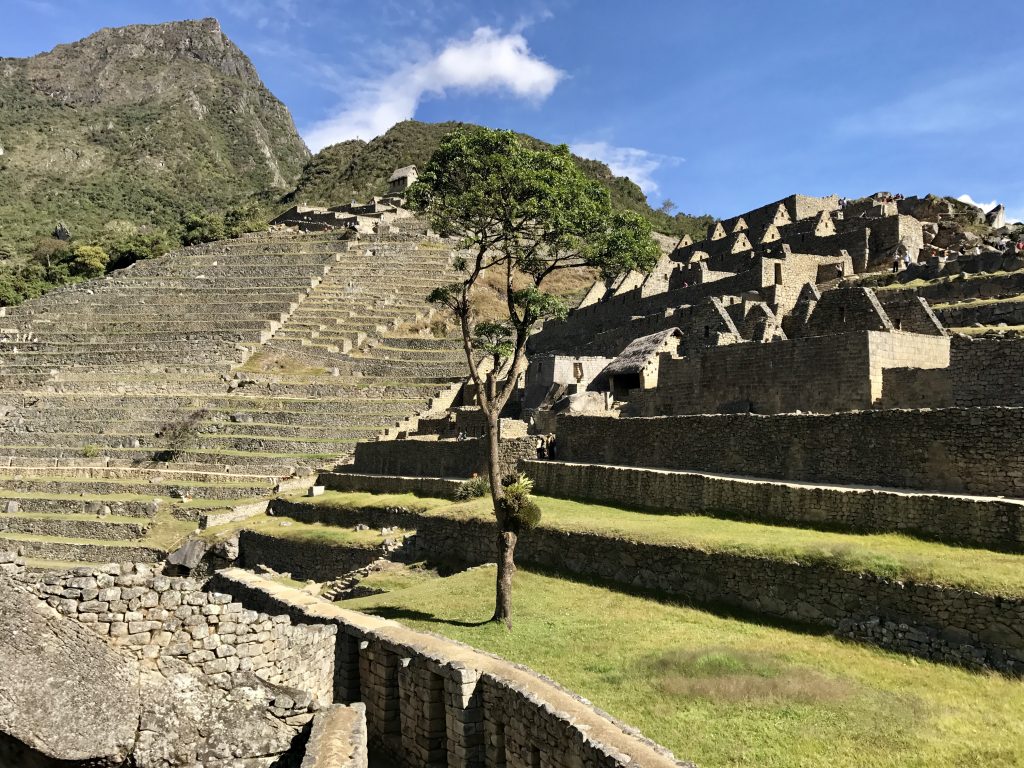
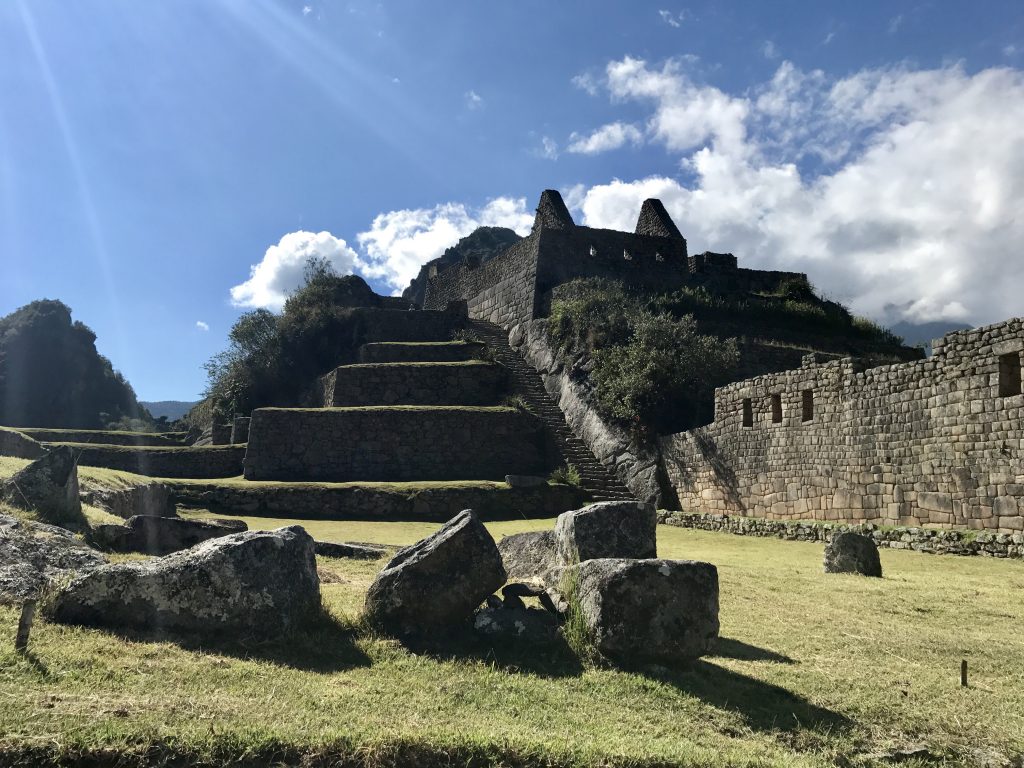
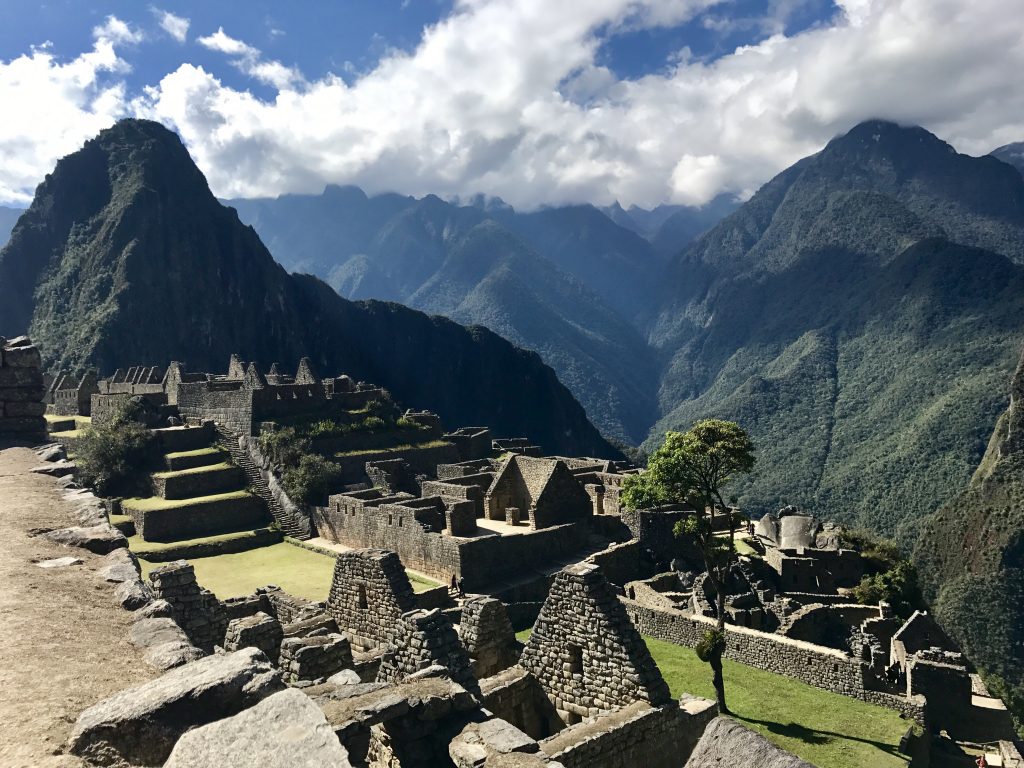
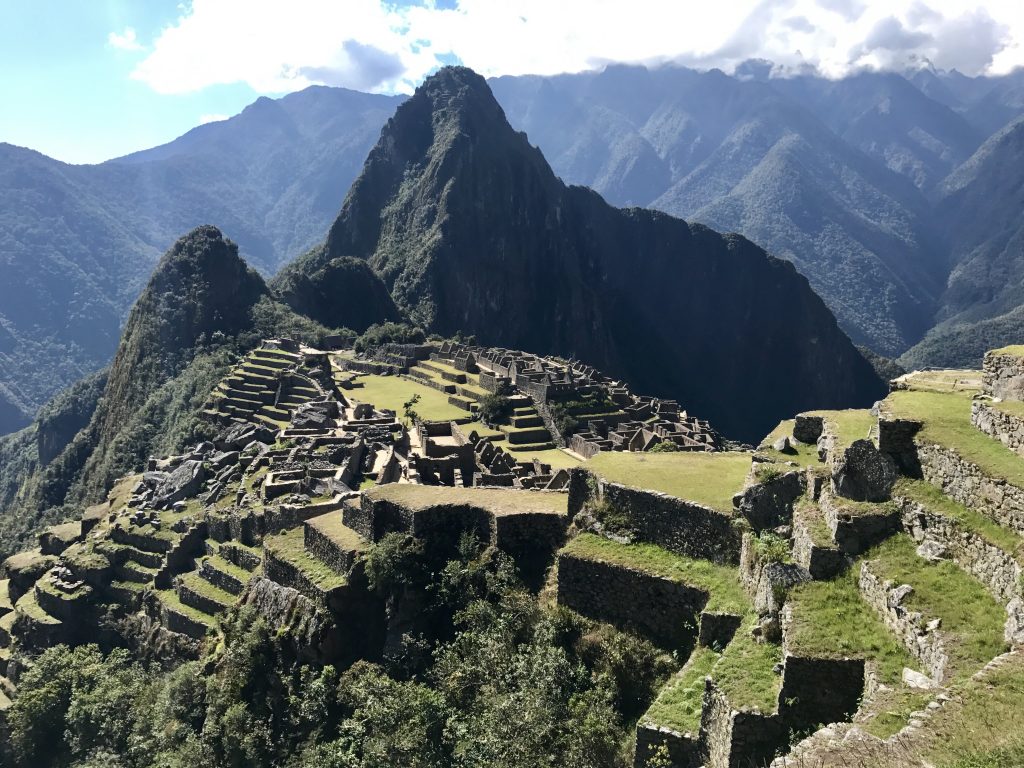
The days the trains were canceled, the site of Machu Picchu was quiet and mysterious. Though our group had found a way there, most others’ had not. We’d missed our entry time to climb Huayna Picchu, the “Young Peak” in the background of most postcards that feature the ruins. Instead we meandered the ancient city’s trails with a tired but persistent energy. And perhaps this was for the better. Pablo Neruda once wrote that Machu Picchu was the place where men’s feet rested “next to the eagle’s feet.” We did not see any eagles there. But we were ready to rest.
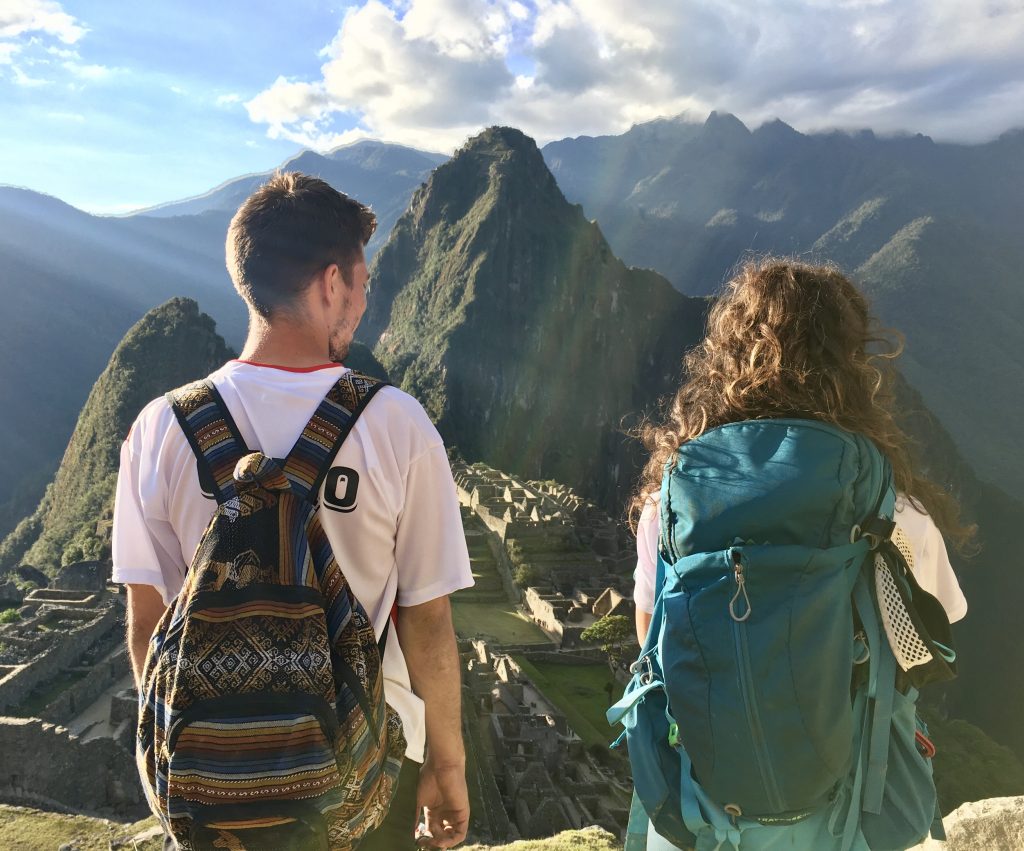
THE FACTS
I traveled to Peru as an expedition leader with Putney Student Travel (and co-leader Grecia!) in 2017. Our trek to Machu Picchu is far from traditional nor is it recommended. We intended to bus from Cusco to Ollantaytambo and train from there to Aguas Calientes, the town beneath the Inca site.
If you enjoyed reading about my wild route to Machu Picchu, Peru, you might also check out the following stories related to other nature adventures:
- “Across the Calderas: A Reunion Hike on Reunion Island” by Grecia Alvarado
- “Climbing Giants: Collecting Coconuts in Qamea, Fiji” by Tim Ghazzawi
- “RedRocks|BlueBergs: Color Hiking in Sedona, Arizona and Patagonia, Chile” by Tim Ghazzawi


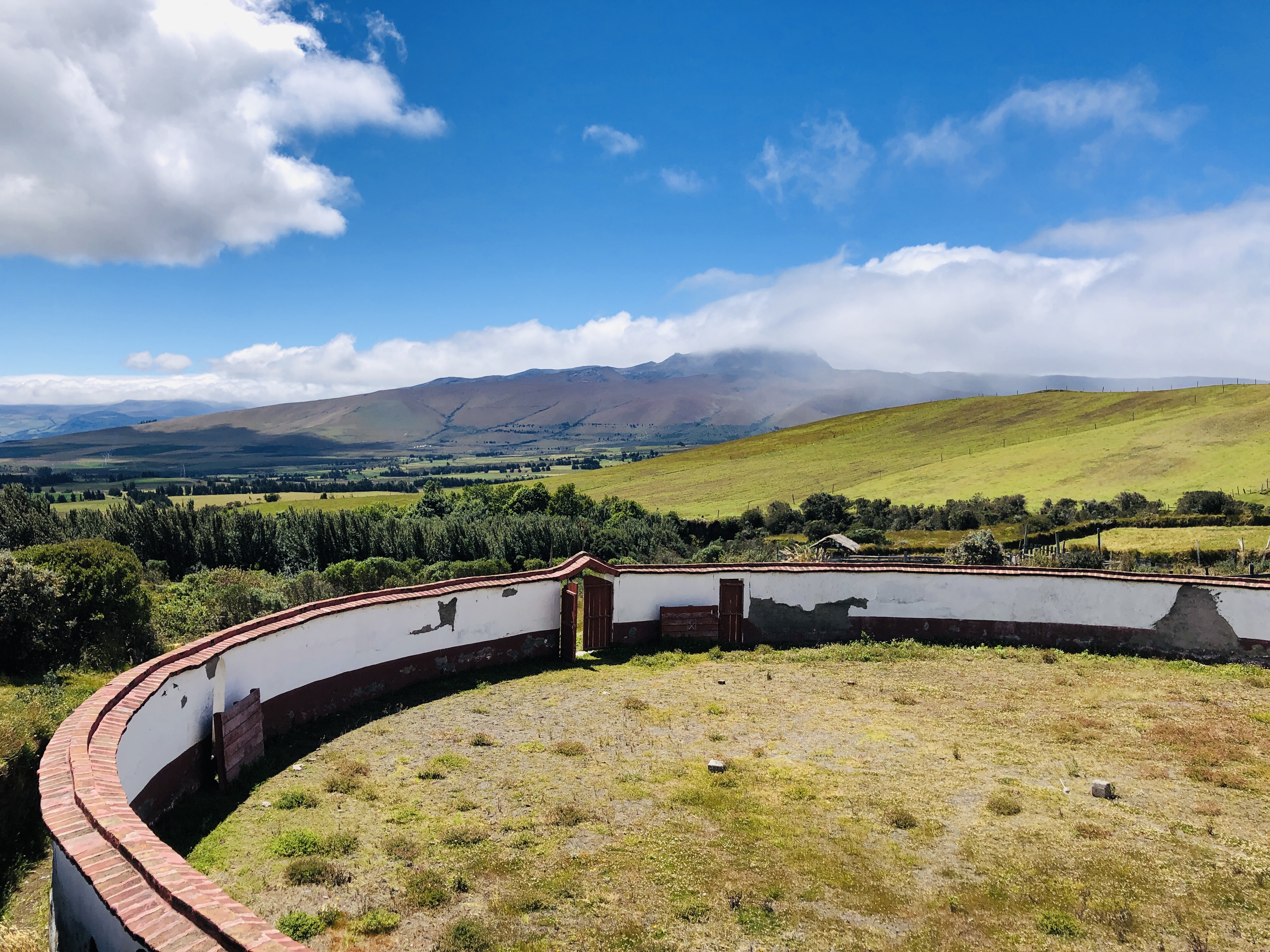





Still makes my heart pound hearing you recount this experience!